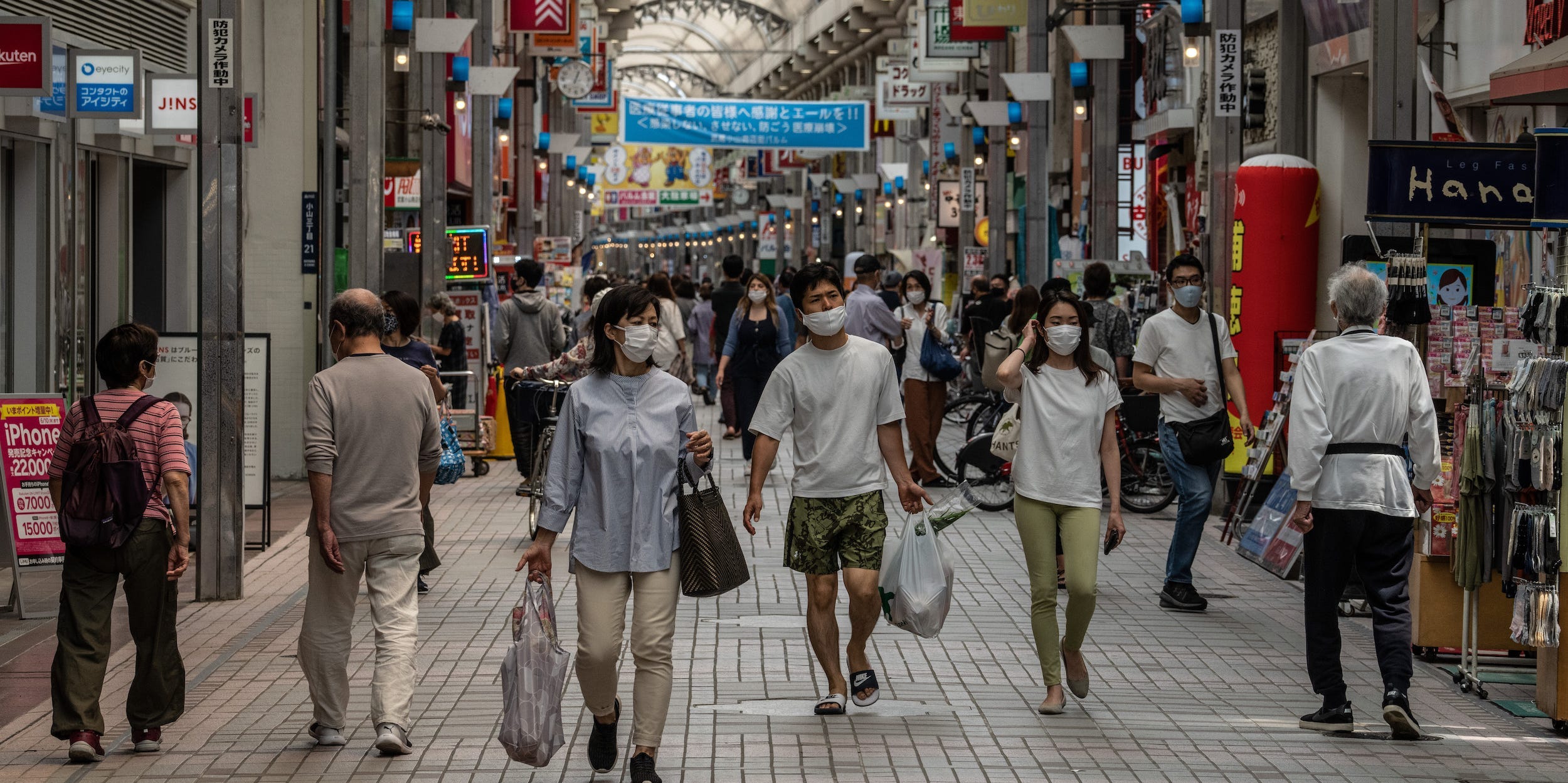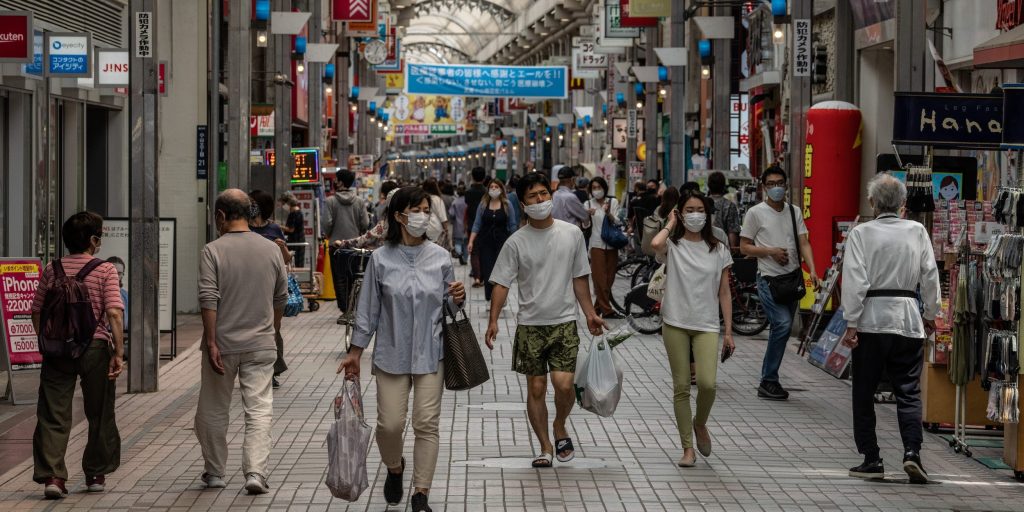
- The OECD lifted its 2021 global GDP estimate to 5.8% from 4.2%, forecasting the fastest growth since 1973.
- Group of 20 countries will see even stronger growth and emerging countries will lag, the organization said.
- Central banks need to look through temporary inflation and keep policy support in place, the OECD added.
- See more stories on Insider's business page.
Economic recoveries are improving around the world, but the global rebound remains massively uneven, the Organization for Economic Co-operation and Development said in a new report.
The OECD revised its estimate for global gross domestic product higher on Monday, citing unprecedented policy support and the effectiveness of COVID-19 vaccines. Output is now expected to grow 5.8% in 2021, up from the December 2020 forecast of a 4.2% expansion. That rate would mark the strongest year of economic growth since 1973 and follow last year's 3.5% contraction, the OECD said.
Global GDP will then grow 4.4% in 2022, according to the report. Global income will still sit roughly $3 trillion below its pre-crisis trend by the end of next year as emerging countries struggle to keep up.
"The global economy remains below its pre-pandemic growth path and in too many OECD countries living standards by the end of 2022 will not be back to the level expected before the pandemic," Laurence Boone, chief economist at OECD, said.
Living conditions aren't the only disparity expected to widen through the recovery. Real GDP is expected to grow 6.3% and 4.7% among G20 nations in 2021 and 2022, respectively. That outpaces the average growth estimate.
Meanwhile, some emerging-market economies are expected to post substandard growth in the near term. Countries still enduring deadly waves of COVID-19 such as India and Brazil "may continue to have large shortfalls in GDP relative to pre-pandemic expectations" and only bounce back once the virus threat fades, the organization said.
Improving vaccine distribution is key to supporting such countries, especially as virus uncertainties linger. New variants of COVID-19 could necessitate a return to partial lockdowns if populations aren't vaccinated quickly enough, the organization warned. Such a resurgence could also drag consumer confidence lower and halt any rebound in spending.
Upside risks have emerged as well. Household saving boomed through the pandemic, and that cash could soon be unleashed as people unwind pent-up demand. Spending just a fraction of the bolstered savings "would raise GDP growth significantly," the OECD said.
But with spending comes inflation. Supply-chain disruptions and bottlenecks around the world have driven material prices higher in recent months. When coupled with a sharp bounce in demand and various stages of reopening, price growth now sits at its highest levels in more than a decade. The OECD expects inflation to average 2.7% in 2021 before cooling to 2.4% next year.
Central banks should allow for a brief inflation overshoot as production normalizes and temporary pressures ease, Boone wrote. Running economies hot can allow for stronger hiring and wage growth, particularly among low-income groups. Central banks must "remain vigilant" and look through temporary inflation, the economist said.
"What is of most concern, in our view, is the risk that financial markets fail to look through temporary price increases and relative price adjustments, pushing market interest rates and volatility higher," Boone added.

